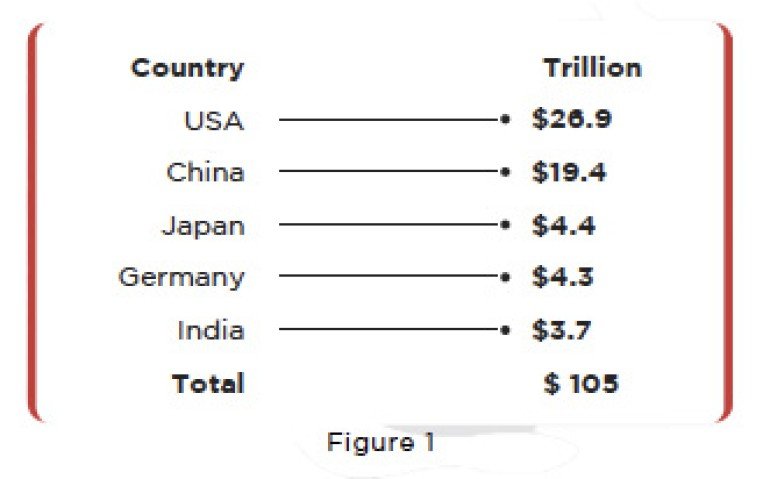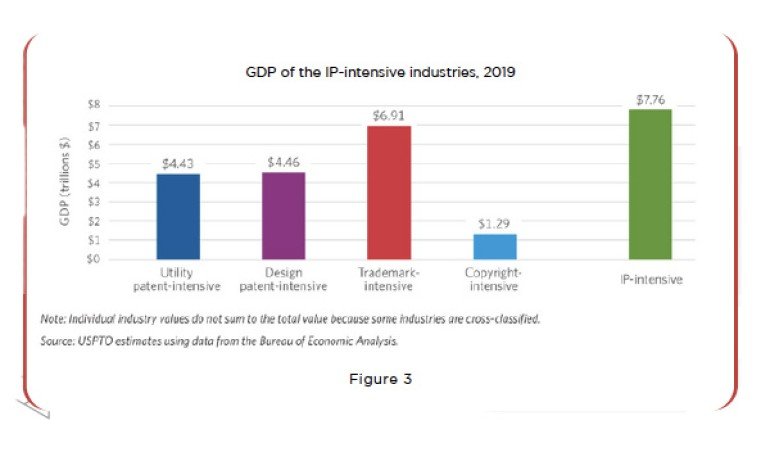Role of innovation and IPR in self-reliant model of economic development
06 June 2024

The ladder of success in today’s era of knowledge and technology is innovation. Innovation is the manifestation of the invention. The ideas need expression to take the shape of intellectual property and then be protected to give birth to IP rights, which prevent others from using these ideas. Still, scaling through licensing and franchising allows others to use it and enables innovation to flourish. While inventions relate to scientific discovery, innovation connotes a wide spectrum of businesses, including finance and marketing.
To scale up innovation, there needs to be a harmonious relationship between the inventor, investor and innovator or entrepreneur (or I-3). An innovator does not need to be an inventor or an investor, but the right economic policy framework can bring all three essential components together. In other words, there needs to be an interface between an industry, a research and development (R&D) institution, and a venture capital fund to achieve optimum leveraging of the IP rights. This requires the effective and efficient Technology Transfer Office (TTO) in the universities and the R&D organizations.
Innovation can be defined as the process of incubating and breeding new ideas and methods, which has a significant positive impact and value in transforming creative concepts into tangible outcomes. Innovation includes developing new products or processes in the fields of technology, finance and marketing, and even disrupting the existing processes and systems altogether.
Successful examples of innovation are Airbnb, Uber, Netflix, Starbucks, Lenskart and many others. Startups and unicorns in India and abroad are the results of successful innovation.
IP and innovation contribute to economic growth and share a larger chunk of the national economy of many countries. In the U.S. and Europe, almost one-third of the GDP comes only from the revenue earned through patents, trademarks, copyrights and industrial designs. The International Monetary Fund (IMF) projected in its 2023 World Economic Outlook report that the world economy would reach a gross domestic product (GDP) of US$105 trillion, which is US$5 trillion higher than the year before.

The U.S. maintains its position as the biggest economy in 2024, with a projected GDP of US$26.9 trillion for 2023. This is more than the sum of the GDPs of 174 countries ranked from Indonesia (17th) to Tuvalu (191st).



The total world patent filing in the year 2020 was 32,76,700, with 85.1 percent filed in the top 5 offices (See Figure 2), 45.7 percent in China and 18.2 percent in the U.S. World Intellectual Property Organization (WIPO) reported that only 5.9 percent of patents were filed in 2020 in India. The IMF estimated India’s projected 2023 GDP at US$3.71 trillion, compared to the U.S.’s US$26.9 trillion and China’s US$19.4 trillion (See Figure 1). Surprisingly, the U.S. earns more than double India’s GDP only from IP-intensive industries. According to the WIPO Global Innovation Index 2023, the U.S. is ranked number 3, Germany at 8, China at 12, Japan at 13 and India at 40.
India’s challenge to becoming self-reliant and a developed country in 2047 is to enhance its capacity in IP and Innovation. To compete with the U.S. and China in the long run, India must spend more on R&D and develop a strong IP ecosystem.







